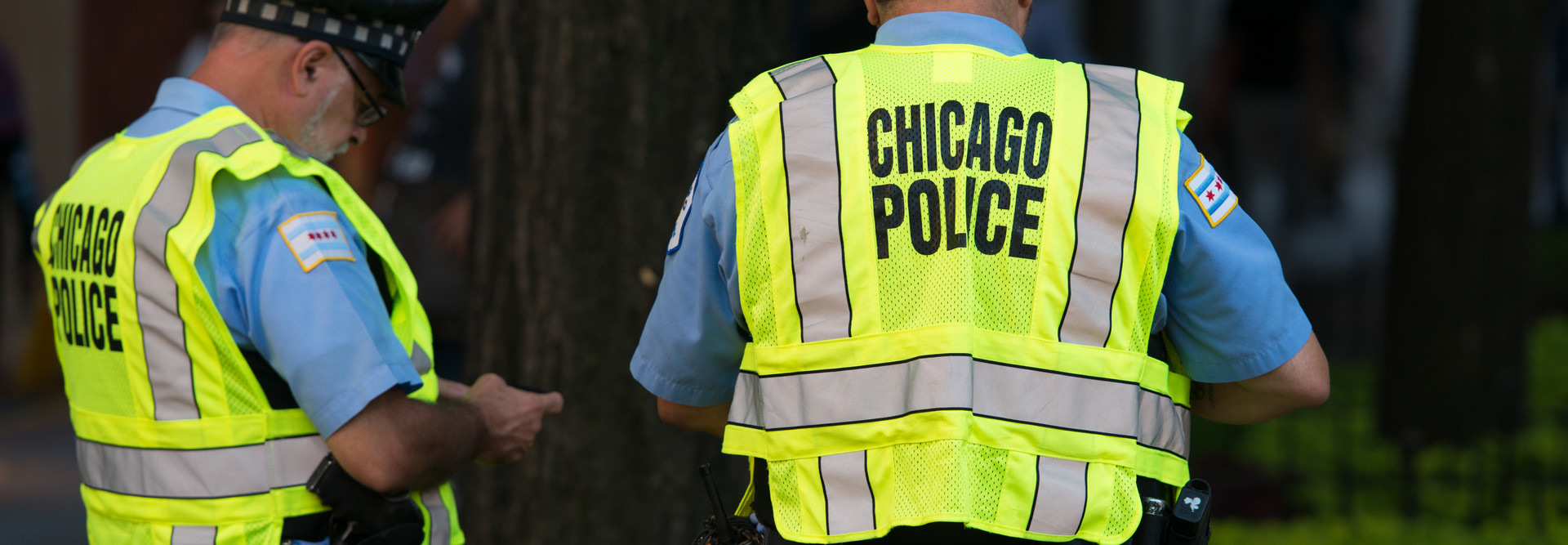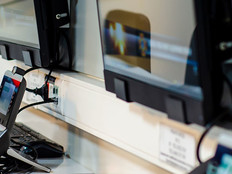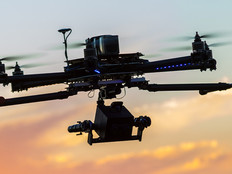Smart Cities Connect 2019: FirstNet Empowers Public Safety, Say First Responders
Just as cities began the evolution toward becoming smart cities with synchronized traffic lights and SCADA systems, public safety agencies began to advance technologically when they moved past call boxes, said Bill Schrier, senior advisor at the First Responder Network Authority. But police, fire and emergency medical service agencies are embracing a whole new level of technological innovation recently.
Speaking Tuesday at the Smart Cities Connect 2019 conference outside Washington, D.C, first responders described some of the innovations that are helping them combat crime and save lives, thanks in part due to the dedicated broadband access provided by the First Responder Network Authority (FirstNet).
Retired Brig. Gen. Welton Chase Jr. of FirstNet described the first responder network: “FirstNet is a state-of-the-art, nationwide, interoperable broadband network that is able to transcend jurisdictional boundaries.”
Working across jurisdictions was a critical aspect in the establishment of FirstNet after first responders were unable to establish interagency communications when responding to the 9/11 terrorist attacks, Chase said.
Representing the FirstNet contractor, Matt Walsh, area vice president for business development, AT&T IoT Solutions, pointed to the ability of drones to collect information and share it to multiple agencies during major events. “It’s almost like a Webex, where you can provide anyone with a login and they can stream that information via FirstNet to see what’s going on,” Walsh said.
MORE FROM STATETECH: FirstNet's Roadmap Specifies Future of First Responder Network
Chicago Decentralizes Command, Provides Mobile Power to Officers
Jonathan Lewin, chief of the technical services bureau for the Chicago Police Department, described the fusion centers that have helped his department gain a centralized view of crime throughout Chicago. Known as Strategic Decision Support Centers, the facilities put command and control where required around key locations in Chicago. The department also is expanding a mobility program with hopes to provide every officer with a smartphone in 2020.
The Chicago Police Department serves 2.7 million people across 234 square miles, Lewin said. With 22 districts and 13,200 officers, it’s the second-largest police department in the United States.
The SDSCs integrate “operational intelligence from existing sources,” including a geospatial information system, crime forecasting and gunshot detection sensors, according to Lewin. The centers also provide access to the city’s surveillance camera network and license plate readers, both fixed and mobile. Using data collected by the system and other factors as input, police determine where to deploy their resources and assets and where to station officers.
The Samsung smartphones provided to officers also receive this information, and officers in the field file reports collected by the SDSCs. “The ultimate goal of the SDSCs is to provide a process and an environment for collaboration and analysis resulting in fewer victims,” according to Lewin.
“Mobility is really important to us,” Lewin said. “The officers like being able to get all of this information at their fingertips.”
To facilitate that mobility and to save money, Chicago is equipping every officer with a Samsung mobile phone. “The smartphone becomes the compute power not only when they are on the street but also in the car,” Lewin added. Officers also will receive docking stations at their desks, so the phones will become their computers in every sense.
Lewin anticipates this mobility, powered by the Samsung Desktop Experience (known as Samsung DeX), will save the police department thousands of dollars per car across 3,500 cars in the force.
MORE FROM STATETECH: Chicago partners with Samsung to empower officers with apps
Washington, D.C., Prioritizes Medical Services in Emergency Response
Gregory Dean, chief of the Washington D.C. Fire and Emergency Medical Services Department, meets a lot of demands protecting residents, workers and visitors to Washington, D.C. Washington has 700,000 residents, and the number of people in the city swells to number 1.5 million during any business day. The city must also handle large official events and protests.
At Smart Cities Connect, the chief described how tech advancements were helping his department to save lives. Prioritizing cases is important because the city has a limited number of hospitals, the chief said. It’s not unusual for the EMS service to spend 45 minutes at a hospital with a patient on a stretcher because of a lack of resources.
“Where are we in relationship to the resources when it comes to EMS?” Dean said, describing the challenge his department strives to tackle. Washington has established a triage line as part of the 911 emergency call center, where a nurse can determine the severity of a medical emergency and route a patient to a specific health center, sometimes via a ride-hailing service rather than ambulance.
The city’s medical services took specific steps to tackle a high rate of death due to cardiac arrest, the chief said: The fire department trained 70,000 citizens in CPR over the past 3.5 years, and residents at risk of cardiac attack can obtain an app called PulsePoint that will send an alert when a medical emergency occurs.
Read more articles from StateTech’s coverage of the Smart Cities Connect 2019 conference here.









